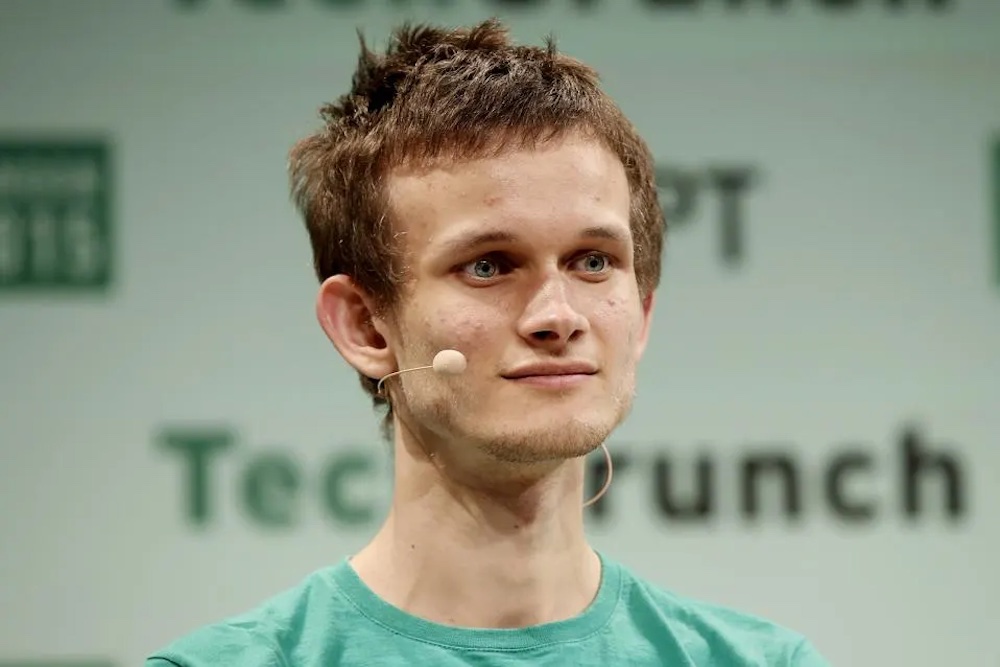Buterin proposes a single-slot finality mechanism, similar to the Tendermint consensus, where Block N is finalized before the creation of Block N+1.
On Sunday, June 30, Ethereum co-founder Vitalik Buterin wrote a blog post about Ethereum’s future. He suggested moving away from the current epoch-and-slot mechanism in its rollup-centric roadmap. Buterin proposed a new “Secure Speed Finality” (SSF) mechanism to greatly reduce transaction times to just milliseconds.
The Ethereum Gasper consensus currently uses a slot-and-epoch system where validators cast votes every 12 seconds in each slot. Validators can vote once over 32 slots, and a PBFT-like consensus algorithm finalizes these votes after two epochs, or 12.8 minutes.
Addressing Major Concerns
Buterin pointed out two major concerns with the slot-and-epoch approach. The first is the complexity and multiple interaction bugs between the slot-by-slot voting mechanism and the epoch-by-epoch finality mechanism while the second is that the 12.8-minute finality period is too slow and inconvenient for users.
To address these issues, the Ethereum co-founder proposed a single-slot finality mechanism, similar to the Tendermint consensus, where Block N is finalized before the creation of Block N+1. Unlike Tendermint, Buterin’s proposal retains the “inactivity leak” mechanism, allowing the Ethereum blockchain to continue and recover even if nearly one-third of validators go offline. Buterin called this the SSF mechanism.
Buterin also highlighted key challenges with implementing SSF on Ethereum. A naive implementation would require every Ethereum staker to publish two messages every 12 seconds, significantly increasing the load on the network.
“While there are clever ideas to mitigate this issue, including the recent Orbit SSF proposal, it remains a challenge. Although SSF significantly improves user experience by accelerating ‘finality,’ it doesn’t eliminate the need for users to wait 5-20 seconds,” he acknowledged.
To reduce the number of validators signing per slot and address the goal of lowering the 32 ETH minimum staking requirement, Buterin suggested using orbit-like techniques. This approach might increase the slot time to approximately 16 seconds. He noted that designs like Orbit SSF are very recent, indicating that the design space of slot-and-epoch mechanisms, incorporating ideas like Orbit SSF, is still under-explored.
Find Cryptocurrencies to Watch and Read Crypto News on the Go Follow CryptosToWatch on X (Twitter) Now

